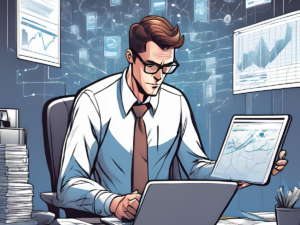The food delivery industry has experienced explosive growth, driven by consumers’ increasing demand for convenience and diverse culinary options. Building a successful food delivery website requires careful planning, execution, and a deep understanding of user needs. This article delves into the essential features that define a top-tier food delivery platform, as well as the crucial steps involved in its development.
What is Food Delivery Website Development?
Food delivery website development is the process of creating a digital platform that allows users to order food from various restaurants and have it delivered to their doorstep. This involves designing and building a user-friendly interface that enables customers to browse menus, select dishes, customize orders, and securely process payments.

A successful food delivery website requires careful consideration of factors such as user experience, integration with payment gateways, efficient order management systems, and robust delivery logistics.
Features of the Food Delivery Website Development
Registration
For a food delivery website, it is common to require customers to register right before paying for their order. This will help create a user account for personalized experience, order history, and targeted marketing. You can ask a person to register with an email or phone number or use some social media like Google or Facebook. Note that you should always ask customers to provide a phone number because this is how you can contact the user and confirm the order. Also, verify the phone number when the customer registers, not when they place an order.
Sorting
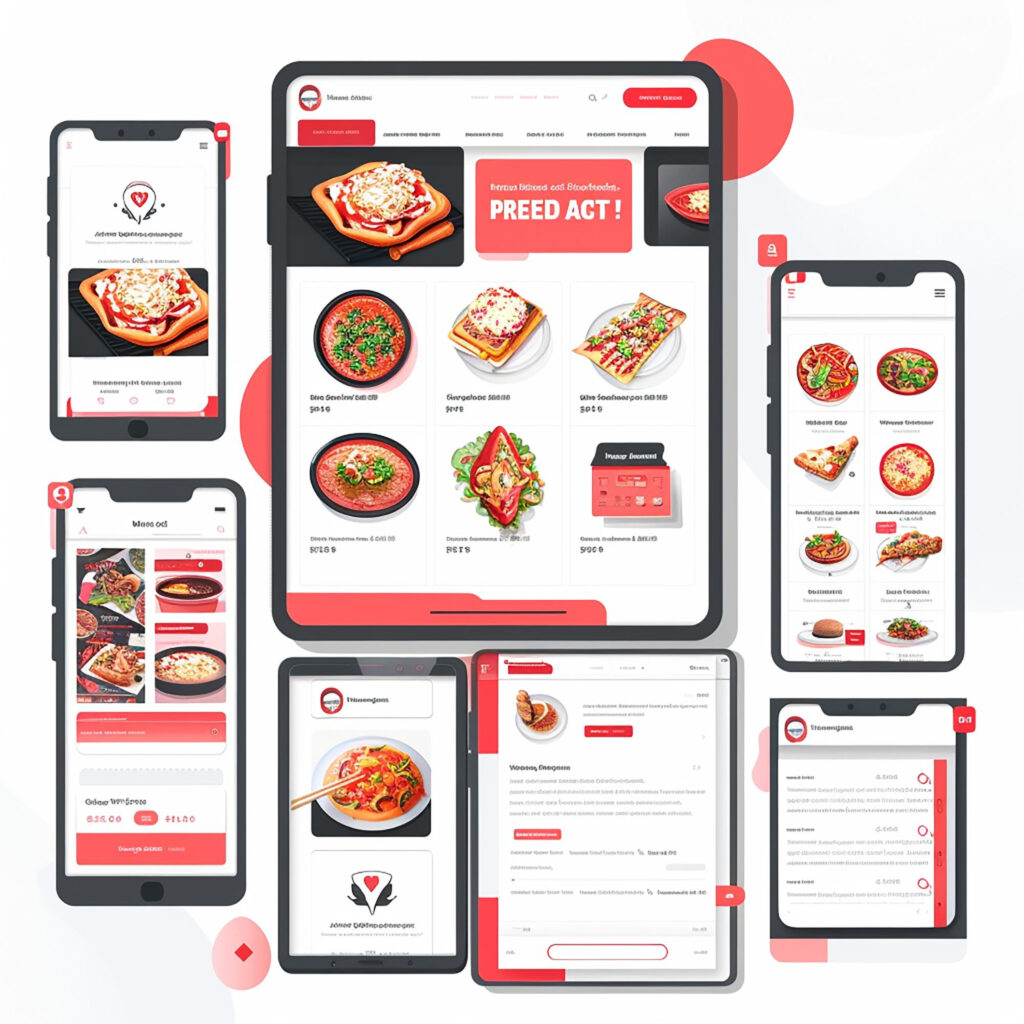
This section allows customers to quickly find the restaurants or dishes they want based on their preferences such as: Distance sorting (nearest first), Popularity sorting (highest rated first), Price sorting (low to high, high to low), Delivery time sorting (fastest first), etc. By presenting relevant options, sorting helps customers make faster decisions and complete their orders.
Ordering
The ordering section is the heart of a food delivery website. It’s where customers convert their browsing into purchases. A dedicated ordering section allows users to effortlessly browse menus, customize their meals, and place orders without confusion or hassle. Furthermore, users can tailor their orders to their specific preferences, adding or removing ingredients, selecting portion sizes, and providing special instructions. Besides, frequent customers can save their favorite orders or preferences, making future ordering faster and more convenient.
Payment
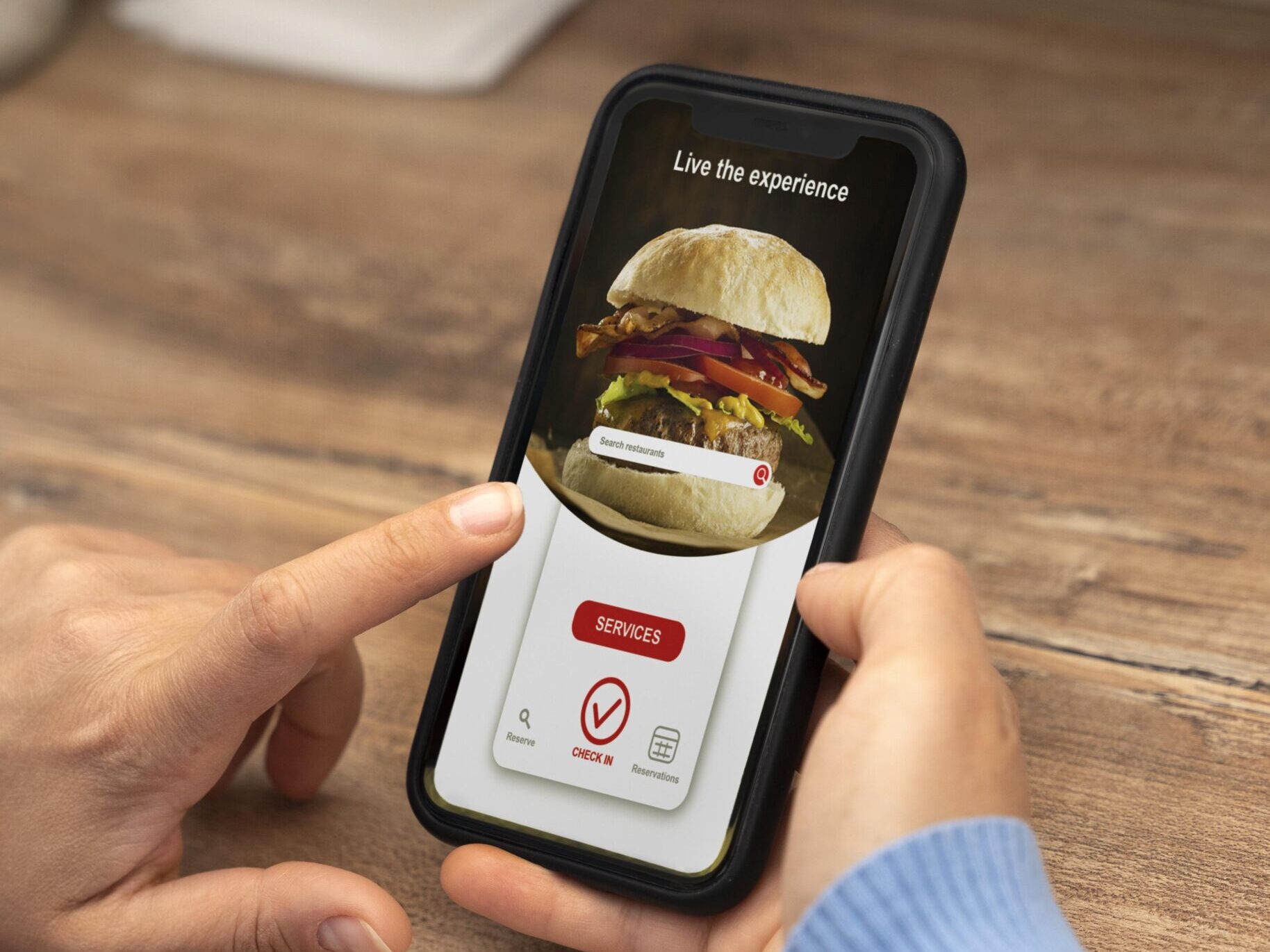
This section allows customers to finalize their orders by paying for the food and delivery. Businesses need to offer various payment options to cater to different preferences. There are three common payment methods for users: cash, via a credit card, and payment via apps. Businesses can integrate all of these payment methods to bring convenience to customers.
Reviews
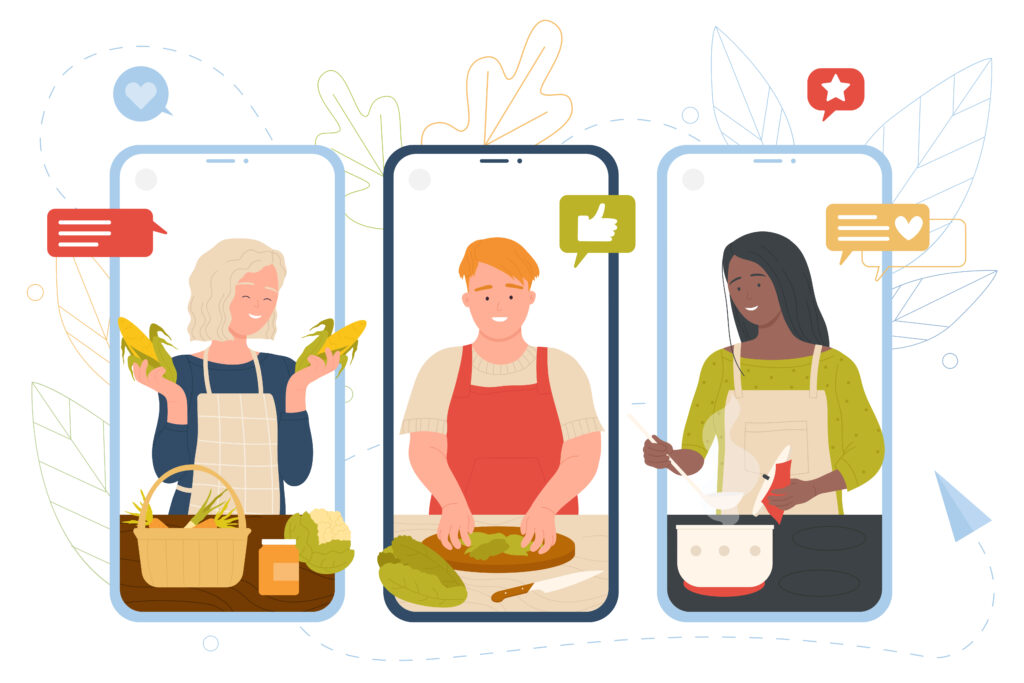
A review section is an indispensable feature for a food delivery website, offering numerous benefits that enhance the overall user experience and drive business success. Customer reviews provide social proof, enhancing trust in both the platform and the listed restaurants. Positive reviews can boost a restaurant’s ranking and attract more customers. Additionally, constructive criticism can help restaurants identify areas where they can improve their offerings.
Real-time tracking
Real-time tracking provides users with clear and up-to-date information about their order status, from preparation to delivery, reducing uncertainty and improving the overall experience. Users can see the estimated time of arrival, allowing them to plan accordingly and be ready to receive their orders. In addition, knowing the exact status and location of their order gives customers peace of mind, enhancing their confidence in the service.
5 Major Steps in The Food Delivery Website Development
Developing a food delivery website involves several major steps to ensure the creation of a functional, user-friendly, and efficient platform. Here are 5 key steps in the development process:
Define Your Goals
Before developing your Food Delivery Website, you should identify and understand the demographics, preferences, and needs of your potential users. Then, the business analyzes existing food delivery websites to identify strengths, weaknesses, and opportunities so it can decide on the essential features (registration, search, filtering, sorting, ordering, payment, reviews, real-time tracking) and any additional functionalities you want to include.
UI/UX Design
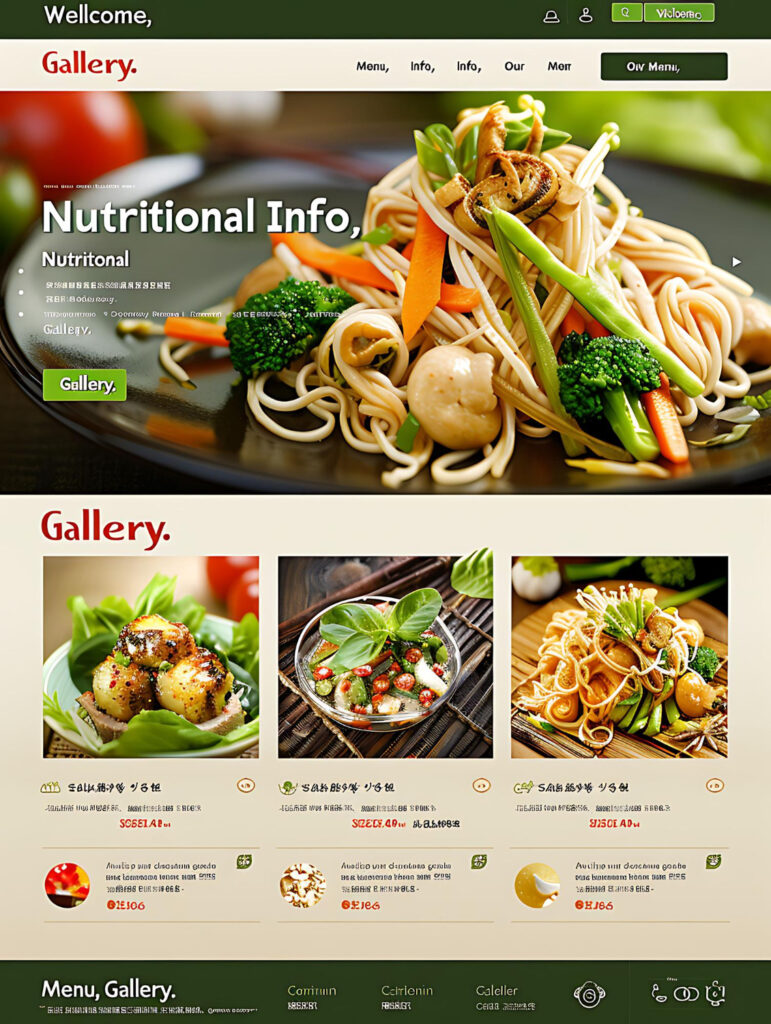
Once you have decided on the features and functionality, the next step is to create the UI/UX. Developing a food delivery app for restaurants should be easy and convenient. While food ordering websites for customers should be attractive and up-to-date, it is important to follow the latest design trends.
A clean interface makes it easy for employees to accept and organize orders. If you plan to host events, manage promotional codes, or track user activity, adding additional functionality is a good idea. In particular, you need to design a visually appealing and intuitive interface that ensures a seamless user experience across different devices.
Development Process
After finalizing UI/UX Design, the app development process begins. This includes coding, integrating features and functionality, and making it responsive across different browsers and devices. It is important to optimize the performance of the app by implementing best coding practices. Additionally, you will need to integrate third-party services for payment gateways, geolocation, real-time tracking, and notifications.
Quality Assurance Process
To have a bug-free website, it is important to have quality assurance engineers running various tests. Dedicated testing teams and developers work together to identify and resolve issues, ensuring that the website provides an enjoyable digital dining experience.
Release and Maintenance
Once the website is tested, your website must be ready for launch. You need to fix bugs and update it regularly after launch. Additionally, you should market your website to get a better user base. You can fill pages with relevant content and respond to user feedback.
Levinci – Food Delivery Website Development Partner
Levinci is a professional website design and development company in Vietnam with nearly 10 years of experience in the same field. We provide professional website design services to help customers achieve their business goals, increase profits and optimize costs as much as possible.
Each website is researched, designed and developed by Levinci with the most advanced technologies before being handed over to customers. Furthermore, what makes any customer satisfied with our service is the after-sales care process. We always care and advise our customers to make the most effective use of the website.
Conclusion
Developing a successful food delivery website requires a meticulous blend of technology, user experience, and business strategy. By incorporating essential features, prioritizing user satisfaction, and following a structured development process, you can create a platform that not only meets customer demands but also drives sustainable growth for your business. Contact Levinci to deploy your own professional food delivery website!
